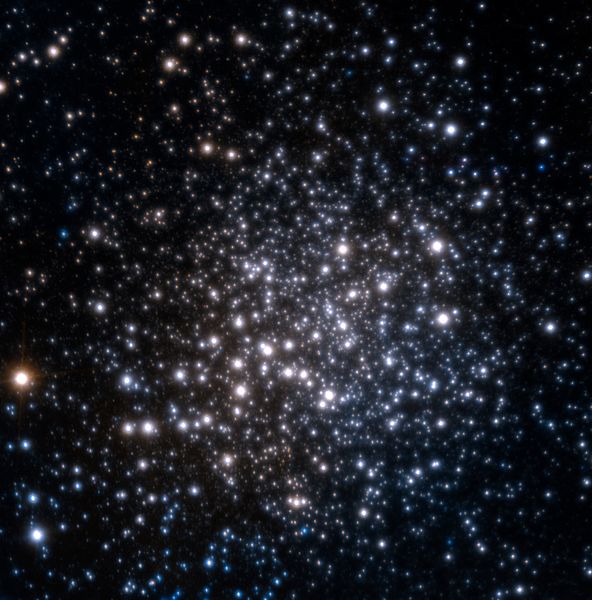A millisecond pulsar (MSP) is a pulsar with a rotational period less than about 10 milliseconds. Millisecond pulsars have been detected in radio, X-ray, and gamma ray portions of the electromagnetic spectrum. The leading hypothesis for the origin of millisecond pulsars is that they are old, rapidly rotating neutron stars that have been spun up or "recycled" through accretion of matter from a companion star in a close binary system. For this reason, millisecond pulsars are sometimes called recycled pulsars.

This diagram shows the steps astronomers say are needed to create a pulsar with a superfast spin. 1. A massive supergiant star and a "normal" Sun-like star orbit each other. 2. The massive star explodes, leaving a pulsar that eventually slows down, turns off, and becomes a cooling neutron star. 3. The Sun-like star eventually expands, spilling material on to the neutron star. This "accretion" speeds up the neutron star's spin. 4. Accretion ends, the neutron star is "recycled" into a millisecond pulsar. But in a densely packed globular cluster (2b)... The lowest mass stars are ejected, the remaining normal stars evolve, and the "recycling" scenario (3-4) takes place, creating many millisecond pulsars.
The stellar grouping Terzan 5
A pulsar is a highly magnetized rotating neutron star that emits beams of electromagnetic radiation out of its magnetic poles. This radiation can be observed only when a beam of emission is pointing toward Earth, and is responsible for the pulsed appearance of emission. Neutron stars are very dense and have short, regular rotational periods. This produces a very precise interval between pulses that ranges from milliseconds to seconds for an individual pulsar. Pulsars are one of the candidates for the source of ultra-high-energy cosmic rays.
PSR B1509−58 – X-rays from Chandra are gold; Infrared from WISE in red, green and blue/max.
Chart on which Jocelyn Bell first recognised evidence of a pulsar, exhibited at Cambridge University Library
Composite optical/X-ray image of the Crab Nebula, showing synchrotron emission in the surrounding pulsar wind nebula, powered by injection of magnetic fields and particles from the central pulsar.
The Vela Pulsar and its surrounding pulsar wind nebula.






